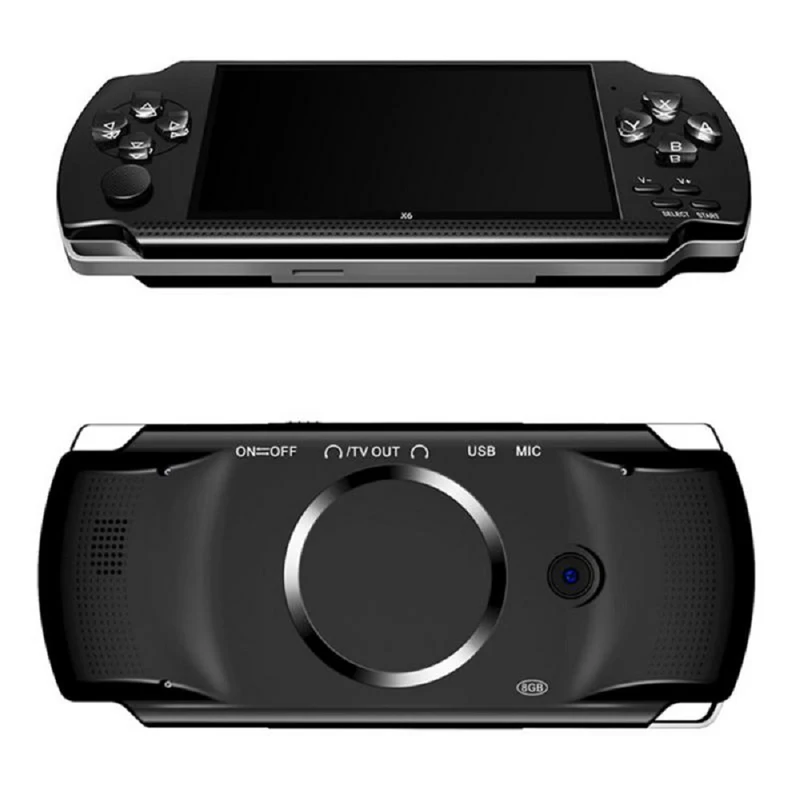Linux for your taste (sorry Naw :D) (28 Viewers)
- Thread starter /usr/bin
- Start date
More options
Who Replied?Martin what's the exciting thing about KDE? The way I understand it is it is a GUI - alternative to GDE or? What are the major differences?
As for my GUI am looking at a combination of sorts - I plan use screenlets to monitor my computer (memory usage, CPU activity, Network activity, temps etc), weather, calendar, clock etc. I'll ideally combine these with an OSX bar thingy (i've never used OSX) which I think is a practical way to hold all the applications I use most. Am now working on fonts, codecs, widgets & ofcourse checking out software.
On the hardware side my mouse has started behaving although I need to optimize it, my keyboard multimedia keys have to be configured. Am trying to sort out my iriver mp3 player. Am having fun at the moment although I can't wait for my graphic card to be sorted so that I can setup my main system as soon as possible.
As for my GUI am looking at a combination of sorts - I plan use screenlets to monitor my computer (memory usage, CPU activity, Network activity, temps etc), weather, calendar, clock etc. I'll ideally combine these with an OSX bar thingy (i've never used OSX) which I think is a practical way to hold all the applications I use most. Am now working on fonts, codecs, widgets & ofcourse checking out software.
On the hardware side my mouse has started behaving although I need to optimize it, my keyboard multimedia keys have to be configured. Am trying to sort out my iriver mp3 player. Am having fun at the moment although I can't wait for my graphic card to be sorted so that I can setup my main system as soon as possible.
Martin what's the exciting thing about KDE? The way I understand it is it is a GUI - alternative to GDE or? What are the major differences?
KDE was the first one, Europe centric. In fact it means Kool Desktop Environment (ah, those witty germans
Anyway, whichever "desktop" you use you can run any applications anyway.
KDE apps of note:
Konqueror
Kate :cool2:
Konsole
Kopete
KOffice (full office suite competitor to OpenOffice)
Kontact (email, calendar etc)
Amarok

K3b (cd/dvd burning)
Gwenview (image viewer)
Krita (image editor competitor to the gimp)
Okular (pdf viewer)
Apps built with QT but not KDE-integrated:
Scribus (desktop publishing)
Gnome apps of note:
Epiphany (web browser, "very low weight Firefox")
gnome-terminal (equivalent to konsole)
evolution (email, contacts etc, equiv to kontact)
totem (media player)
rhythmbox (crappy mp3 player)
gthumb (image viewer)
xchat (irc client)
abiword (word processor)
gnumeric (spreadsheet)
Apps built with GTK but not Gnome-integrated:
Inkscape (vector image editor)
the gimp
OpenOffice
GTK is the equivalent to QT, the library used to write graphical apps. The difference between integrated and non-integrated apps is that the integrated ones use some KDE/Gnome specific features that make them "fit" more into KDE/Gnome. But generally an app looks and behaves almost the same whether it's just QT or using KDE specific stuff.
Btw among the two QT has wahaaaay better cross platform support and KDE4 is gonna be released also on Windows and Mac for the first time.
Briefly, KDE and GNOME call themselves "desktop environments". They set out to deliver a desktop with all the common applications people use, which are all somewhat integrated so that you can use them together. Among the two, KDE is much bigger, has way more applications and has way more momentum as well. Some people are religious about this and insist on using "only KDE applications" because they run KDE, and Gnome applications (which run just as well) look "out of place in KDE" they say.
KDE was the first one, Europe centric. In fact it means Kool Desktop Environment (ah, those witty germans ). But it uses the QT toolkit, which was originally under a non-GPL license. Which was a level of evilness some people couldn't stomach and so Gnome was started, GPL from the beginning. Gnome is more Americas centric, one of the main guys is Brazilian (Miguel de Icaza, now at Novell). It's now been years since QT became GPL, so the license problem is a complete non-issue now.
). But it uses the QT toolkit, which was originally under a non-GPL license. Which was a level of evilness some people couldn't stomach and so Gnome was started, GPL from the beginning. Gnome is more Americas centric, one of the main guys is Brazilian (Miguel de Icaza, now at Novell). It's now been years since QT became GPL, so the license problem is a complete non-issue now.
Anyway, whichever "desktop" you use you can run any applications anyway.
KDE apps of note:
Konqueror
Kate :cool2:
Konsole
Kopete
KOffice (full office suite competitor to OpenOffice)
Kontact (email, calendar etc)
Amarok
K3b (cd/dvd burning)
Gwenview (image viewer)
Krita (image editor competitor to the gimp)
Okular (pdf viewer)
Apps built with QT but not KDE-integrated:
Scribus (desktop publishing)
Gnome apps of note:
Epiphany (web browser, "very low weight Firefox")
gnome-terminal (equivalent to konsole)
evolution (email, contacts etc, equiv to kontact)
totem (media player)
rhythmbox (crappy mp3 player)
gthumb (image viewer)
xchat (irc client)
abiword (word processor)
gnumeric (spreadsheet)
Apps built with GTK but not Gnome-integrated:
Inkscape (vector image editor)
the gimp
OpenOffice
GTK is the equivalent to QT, the library used to write graphical apps. The difference between integrated and non-integrated apps is that the integrated ones use some KDE/Gnome specific features that make them "fit" more into KDE/Gnome. But generally an app looks and behaves almost the same whether it's just QT or using KDE specific stuff.
Btw among the two QT has wahaaaay better cross platform support and KDE4 is gonna be released also on Windows and Mac for the first time.
KDE was the first one, Europe centric. In fact it means Kool Desktop Environment (ah, those witty germans
Anyway, whichever "desktop" you use you can run any applications anyway.
KDE apps of note:
Konqueror
Kate :cool2:
Konsole
Kopete
KOffice (full office suite competitor to OpenOffice)
Kontact (email, calendar etc)
Amarok

K3b (cd/dvd burning)
Gwenview (image viewer)
Krita (image editor competitor to the gimp)
Okular (pdf viewer)
Apps built with QT but not KDE-integrated:
Scribus (desktop publishing)
Gnome apps of note:
Epiphany (web browser, "very low weight Firefox")
gnome-terminal (equivalent to konsole)
evolution (email, contacts etc, equiv to kontact)
totem (media player)
rhythmbox (crappy mp3 player)
gthumb (image viewer)
xchat (irc client)
abiword (word processor)
gnumeric (spreadsheet)
Apps built with GTK but not Gnome-integrated:
Inkscape (vector image editor)
the gimp
OpenOffice
GTK is the equivalent to QT, the library used to write graphical apps. The difference between integrated and non-integrated apps is that the integrated ones use some KDE/Gnome specific features that make them "fit" more into KDE/Gnome. But generally an app looks and behaves almost the same whether it's just QT or using KDE specific stuff.
Btw among the two QT has wahaaaay better cross platform support and KDE4 is gonna be released also on Windows and Mac for the first time.
Thank you now I get a better picture. So in essence if I've installed Ubuntu I can also run KDE on it & choose when to use Gnome or KDE or?
Like I said, you can use any application regardless. Btw the default KDE desktop is a little drab, I tend to change it around quite a bit. This is one thing that Gnome is better at, a better default setup. But KDE is waaaay more powerful and configurable.
Life is too short  One more thing 32 or 64 bit? Pros & cons?
One more thing 32 or 64 bit? Pros & cons?
Go 32bit if you have <4GB of RAM, it's easier. But big difference? No, marginal.
BTW, it runs MUCH smoother than a LiveCD does and it does the same thing. Great stuff, this can be great for saving valueable data from broken Windows PCs.
The edit: scratch that, it runs like a HDD install.
The edit #2: amarOk starts in less than 3 seconds, FF in less than 4 and the GIMP! in about 7,8! These are great numbers. The responsibility and functionality of the system is amazing, I'm really, really, impressed.
The edit: scratch that, it runs like a HDD install.
The edit #2: amarOk starts in less than 3 seconds, FF in less than 4 and the GIMP! in about 7,8! These are great numbers. The responsibility and functionality of the system is amazing, I'm really, really, impressed.
BTW, it runs MUCH smoother than a LiveCD does and it does the same thing. Great stuff, this can be great for saving valueable data from broken Windows PCs.
The edit: scratch that, it runs like a HDD install.
The edit #2: amarOk starts in less than 3 seconds, FF in less than 4 and the GIMP! in about 7,8! These are great numbers. The responsibility and functionality of the system is amazing, I'm really, really, impressed.
The edit: scratch that, it runs like a HDD install.
The edit #2: amarOk starts in less than 3 seconds, FF in less than 4 and the GIMP! in about 7,8! These are great numbers. The responsibility and functionality of the system is amazing, I'm really, really, impressed.
I haven't tried Mandriva in years (actually that was before the merger with Conectiva, it was still called Mandrake) so I don't know what it's like. I'm just saying it's a great idea to sell these 4gb usb sticks, perfect for a demo or rescue situation, not to mention when you encounter a hostile environment and you have to boot off the stick to get anything done.






